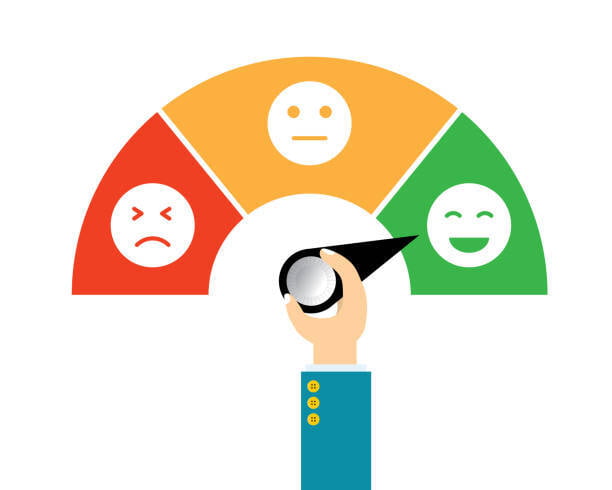
What is great customer service?
To provide good customer service, you must establish a relationship with your clients. This could be having a quick turn-around time for service requests, responding to all customer feedback, whether favorable or unfavorable, having self-service assistance materials, and having an easy way to contact support. Great customer service entails not only adhering to best practices such as respecting customers' time, maintaining a pleasant demeanor, and providing knowledge and resources, but also going above and beyond to exceed their expectations.
5 Customer Service Practices
1) Focus support on customer
As a business, your main focus should be understanding the needs of the customers and delivering it the best possible way. Customers come before items or profit since they are the most important aspect of your company. Because they are, treat them as if they are the center of your universe.
Rather than waiting for customers to encounter issues and reach out, proactive support involves anticipating customer needs and resolving issues before they arise. This practice can be enhanced by AI-driven analytics tools that track user behavior and predict potential pain points. By offering solutions proactively, businesses can improve customer satisfaction and reduce churn.
Methods for Proactive Support:
- Live Chat & Chatbots: Proactively offering assistance based on customer behavior on-site.
- Predictive Analytics: Identifying patterns that indicate potential dissatisfaction and intervening before a customer leaves the website.
- Knowledge Bases: Providing self-service resources, so customers can solve their problems quickly.

2) Personalize service
Giving customers experiences that are personalized to their unique needs and preferences is known as personalized service. Customers frequently feel more valued when they receive personalized service, which increases brand loyalty. Companies offer individualized service by keeping track of client information and interactions, then using that data to address the needs of the customer. Communicating with consumers using their preferred methods could constitute personalized customer service. Accessing client data may also be necessary in order to quickly offer pertinent product recommendations or support solutions.
In today’s world, generic approaches no longer satisfy customers. Personalization—customizing interactions based on customer data, behavior, and preferences—enhances engagement and satisfaction. Customers expect businesses to understand and cater to their unique needs. Personalization encompasses everything from tailored email campaigns to customized product recommendations and customer support.
Key Areas for Personalization:
- Email Marketing: Tailored messages that reflect customer interests.
- Web Content: Dynamic landing pages personalized based on past behavior.
- Customer Support: Personalized assistance based on historical data and preferences.

3) Customer Feedback Loops
Customers come before profits! A strong customer experience strategy hinges on the continuous collection and analysis of feedback. Feedback loops—where businesses actively seek customer opinions and adjust their services accordingly—are essential for improving customer satisfaction. Implementing feedback loops involves both automated feedback systems (post-purchase surveys, customer satisfaction scores) and human interactions (in-depth interviews, focus groups).
Ways to Implement Feedback Loops:
- Surveys and Polls: Automated post-interaction surveys sent via email or chat.
- Customer Satisfaction Scores (CSAT): Quantifiable metrics that help businesses gauge satisfaction at every touchpoint.
- Actionable Insights: Collecting and analyzing feedback to drive product/service improvements.

4) Real-Time Data and Insights
Data plays a crucial role in understanding customer behavior and preferences. By leveraging real-time data through analytics dashboards, businesses can monitor customer interactions, identify trends, and make data-driven decisions. Real-time insights enable businesses to respond promptly to customer needs and optimize their processes for better service delivery.
Real-Time Insights:
- Behavioral Data: Tracking how customers interact with the website, from clicks to navigation paths.
- Sentiment Analysis: Monitoring customer sentiment through social media mentions, reviews, and feedback.
- Instant Optimization: Using real-time data to adjust pricing, offers, and content dynamically.

Conclusion
Effective customer experience practices are crucial for driving customer satisfaction, loyalty, and long-term business growth. By integrating personalized interactions, omnichannel engagement, proactive support, feedback loops, and real-time data analysis, businesses can create superior customer experiences.
For Erphub clients, these practices are enhanced through tailored CRM and automation solutions that streamline operations and ensure customer-centricity. The comparison tables and detailed explanations illustrate how service-focused industries and consultancies can benefit from adopting these CX practices, ultimately accelerating growth and ensuring competitive advantage.

